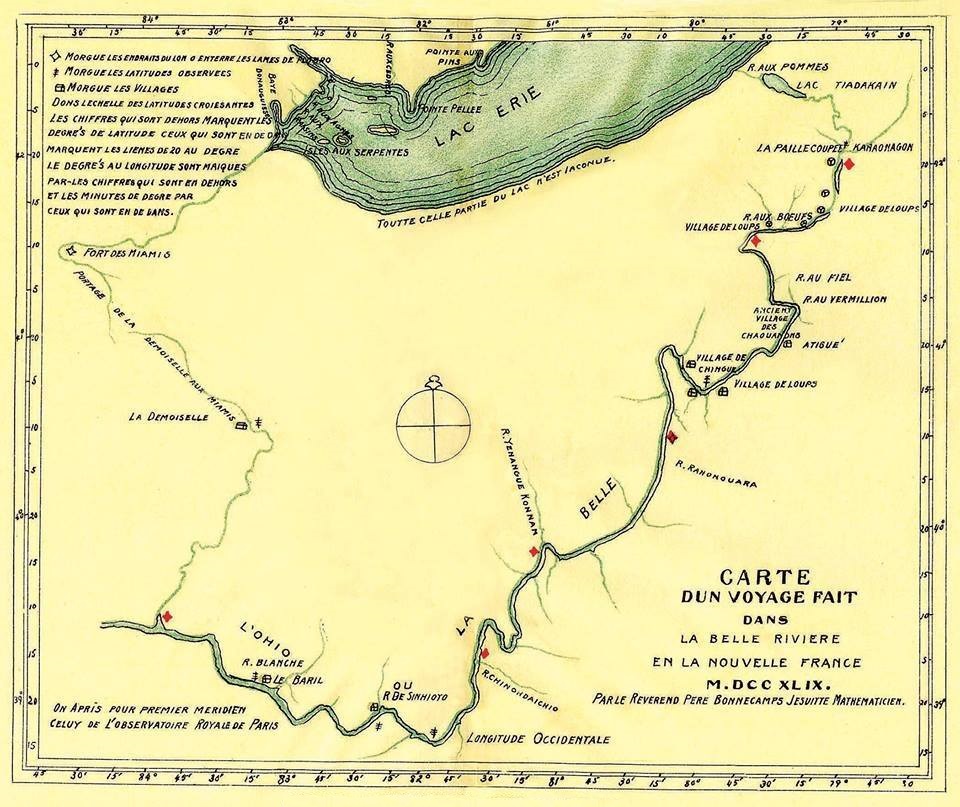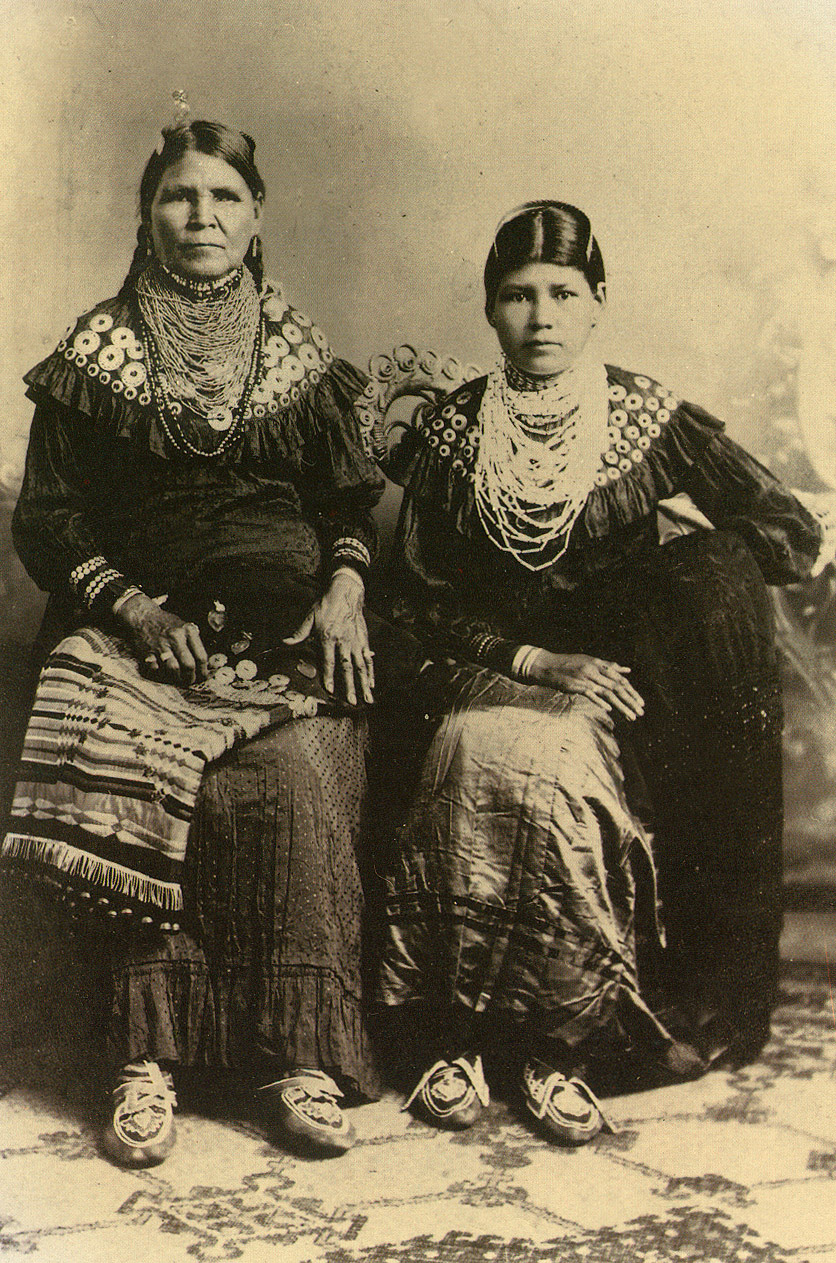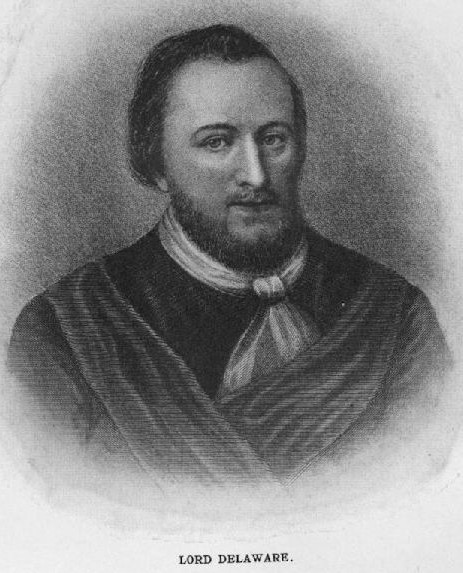|
Sassoonan
Sassoonan or Allumapees ( 1675 – 15 October 1747) was a Lenape chief who lived in the colonial-era Province of Pennsylvania in the late 17th and early 18th century. He was known for his negotiations with the provincial government of Pennsylvania in several land purchases. He was a respected leader until political intrigue and migration of the Lenape into the Ohio Country diminished his influence. During his final years he became dependent on alcohol and died in Shamokin (village), Shamokin in 1747. After his death the Lenape were without a chief until 1752, when the Iroquois leader Tanacharison appointed Shingas to represent them at the Logstown#Treaty of Logstown, 1752, Logstown Treaty conference. He was a son of Tamanend, also known as "Tammany," a well-respected Lenape sachem known as a lover of peace and friendship. After 1728, Sassoonan is often referred to as "Allumapees," (sometimes written "Olumapies," with a variety of other spellings). According to one source, this wa ... [...More Info...] [...Related Items...] OR: [Wikipedia] [Google] [Baidu] |
Pisquetomen
Pisquetomen (died 1762)Colin Gordon Calloway, ''The Indian World of George Washington: The First President, the First Americans, and the Birth of the Nation,'' Oxford University Press, 2018 was a Lenape chief who acted as interpreter and negotiator for the Lenape in dealings with the Province of Pennsylvania, Provincial government of Pennsylvania during the mid-eighteenth century. After being rejected in his bid to succeed his uncle Sassoonan as Lenape chief, Pisquetomen joined Shingas and Captain Jacobs in a series of deadly attacks on Pennsylvania settlements at the beginning of the French and Indian War. He eventually participated in peace negotiations that led to the Treaty ... [...More Info...] [...Related Items...] OR: [Wikipedia] [Google] [Baidu] |
Shamokin (village)
Shamokin (; Saponi Algonquian languages, Algonquian ''Schahamokink'': "place of crawfish") (Unami language, Lenape: Shahëmokink) was a multi-ethnic Native Americans in the United States, Native American trading village on the Susquehanna River, located partially within the limits of the modern cities of Sunbury, Pennsylvania, Sunbury and Shamokin Dam, Pennsylvania. It should not be confused with present-day Shamokin, Pennsylvania, located to the east. The village was the focus of missionary efforts, and then was the staging area for raids on English settlements in Pennsylvania during the French and Indian War. It was burned and abandoned by the Lenape in May, 1756. A few months later, Fort Augusta was constructed on the site of the village. Etymology "Shamokin" is usually described as derived from ''Schahamokink'' or ''Shahëmokink'', ("place of crawfish") but it may be also a variant of the Lenape term ''Treaty of Shackamaxon, Shackamaxon'', from the Lenape term ''Sakimauchhee ... [...More Info...] [...Related Items...] OR: [Wikipedia] [Google] [Baidu] |
Shingas
Shingas (fl. 1740 – 1763) was a Lenape chief and warrior who participated in military activities in Ohio Country during the French and Indian War. Allied with the French, Shingas led numerous raids on Anglo-American settlements during the war, for which he was nicknamed "Shingas the Terrible" by the settlers. The colonial governments of Pennsylvania and Virginia responded to these raids by placing a bounty on Shingas. Early life Shingas was born and raised in the Tulpehocken Creek Valley, in Berks and Lebanon counties, on the upper Schuylkill River, with his uncle Sassoonan and his brothers. One source reports that Shingas had six brothers ( Tamaqua, Pisquetomen, Nenatcheehunt, Buffalo Horn, Munhuttakiswilluxissohpon, and Miuskillamize). He was a member of the Lenape Turkey clan (or phratry), was a nephew of Sassoonan (also known as Allumapees), a leader who was regarded by colonial authorities in Pennsylvania as the Lenape "king". This title had no traditional meaning for th ... [...More Info...] [...Related Items...] OR: [Wikipedia] [Google] [Baidu] |
Opessa Straight Tail
Opessa Straight Tail (), also known as Wopatha or Wapatha, was a Pekowi Shawnee Chief. He was the son of Straight Tail Meaurroway Opessa. He is best known for signing, on 23 April 1701, the "Articles of friendship and agreement between William Penn and the Susquehannah, Shawonah, and North Patomack Indians," that designated lands and conditions of coexistence between those tribes and the English settlers. Birth and early life His exact place of birth is unknown, but was most likely either Indiana or Illinois. He was living with his father in Illinois in 1674 when his village was visited by Louis Jolliet and later by René-Robert Cavelier, Sieur de La Salle, accompanied by Martin Chartier. In 1674 Chartier married Opessa's sister Sewatha Straight Tail (1660–1759). Chartier led a mutiny against La Salle in 1680 and became an outlaw, fleeing first to upstate New York, but later returning to live with Opessa's family at Starved Rock (later known as Fort St. Louis). Chartier retur ... [...More Info...] [...Related Items...] OR: [Wikipedia] [Google] [Baidu] |
Logstown
The riverside village of Logstown (1726?, 1727–1758) also known as Logg's Town, French: ''Chiningue'' (transliterated to ''Shenango'') near modern-day Baden, Pennsylvania, was a significant Native American settlement in Western Pennsylvania and the site of the 1752 signing of the Treaty of Logstown between the Ohio Company, the Colony of Virginia, and the Six Nations, which occupied the region. Being an unusually large settlement, and because of its strategic location in the Ohio Country, an area contested by France and England, Logstown was an important community for all parties living along the Ohio and tributary rivers. Logstown was a prominent trade and council site for the contending British and French colonial governments, both of which made abortive plans to construct forts near the town. [...More Info...] [...Related Items...] OR: [Wikipedia] [Google] [Baidu] |
Lenape
The Lenape (, , ; ), also called the Lenni Lenape and Delaware people, are an Indigenous peoples of the Northeastern Woodlands, Indigenous people of the Northeastern Woodlands, who live in the United States and Canada. The Lenape's historical territory included present-day northeastern Delaware, all of New Jersey, the eastern Pennsylvania regions of the Lehigh Valley and Northeastern Pennsylvania, and New York Bay, western Long Island, and the lower Hudson Valley in New York (state), New York state. Today communities are based in Oklahoma, Wisconsin, and Ontario. During the last decades of the 18th century, European settlers and the effects of the American Revolutionary War displaced most Lenape from their homelands and pushed them north and west. In the 1860s, under the Indian removal policy, the Federal government of the United States, U.S. federal government relocated most Lenape remaining in the Eastern United States to the Indian Territory and surrounding regions. The la ... [...More Info...] [...Related Items...] OR: [Wikipedia] [Google] [Baidu] |
Tulpehocken Creek (Pennsylvania)
Tulpehocken Creek is a U.S. Geological Survey. National Hydrography Dataset high-resolution flowline dataThe National Map, accessed April 1, 2011 tributary of the Schuylkill River in southeastern Pennsylvania in the United States, and during the American Canal Age, once provided nearly half the length of the Union Canal linking the port of Philadelphia, the largest American city and the other communities of Delaware Valley with the Susquehanna basin and the Pennsylvania Canal System connecting the Eastern seaboard to Lake Erie and the new settlements of the Northwest Territory via the Allegheny, Monongahela, and Ohio Rivers at Pittsburgh. An important transportation route in the early United States, the creek drains a limestone hill country area of Berks County south of the Appalachian Mountains and is considered one of the finest trout streams in southeastern Pennsylvania. The valley of the creek was known in colonial times as the Tulpehocken, stretching west of Reading. ... [...More Info...] [...Related Items...] OR: [Wikipedia] [Google] [Baidu] |
Susquehanna River
The Susquehanna River ( ; Unami language, Lenape: ) is a major river located in the Mid-Atlantic (United States), Mid-Atlantic region of the United States, crossing three lower Northeastern United States, Northeast states (New York, Pennsylvania and Maryland). At long, it is the longest river on the East Coast of the United States. By Drainage basin, watershed area, it is the 16th-largest river in the United States,Susquehanna River Trail Pennsylvania Fish and Boat Commission, accessed March 25, 2010.Susquehanna River , Green Works Radio, accessed March 25, 2010. and also the longest river in the early 21st-century continental United State ... [...More Info...] [...Related Items...] OR: [Wikipedia] [Google] [Baidu] |
Schoharie Valley
The Schoharie Valley is a corridor that runs through Schoharie County from Schoharie, New York to Gilboa, New York. Geography The Schoharie Valley is made up of plains surrounding the Schoharie Creek. Within the Schoharie Valley are the towns of Middleburgh, Schoharie, Fulton, and the Hamlet of Breakabeen. Vroman's Nose is an isolated mound of bedrock created by glaciers fity thousand years ago. The Valley is cut in the middle by NYS Route 30. History The Schoharie Valley was colonized by the British in the early eighteenth century. However, the majority of the settlers were Dutch or Germans. The Schoharie Valley was famous for its role in the American Revolution. Battles in the Valley included those in Breakabeen, at the Old Stone Fort, and the Battle of the Lower Fort. The Valley was ransacked by Tories and loyal Indian forces during the latter portion of the war. The Schoharie Valley's main fortress, the Old Stone Fort was used as an armory during the American Ci ... [...More Info...] [...Related Items...] OR: [Wikipedia] [Google] [Baidu] |
Blue Mountain (Pennsylvania)
Blue Mountain, Blue Mountain Ridge, or the Blue Mountains of Pennsylvania, is a ridge of the Appalachian Mountains in eastern Pennsylvania. Forming the southern and eastern edge of the Ridge-and-Valley Appalachians physiographic province in Pennsylvania, Blue Mountain extends from the Delaware Water Gap on the state's border with New Jersey in eastern Pennsylvania to Big Gap in Franklin County, Pennsylvania, Franklin County in south-central Pennsylvania at its southwestern end. Views of Blue Mountain dominate the southern tier of most eastern and central Pennsylvania counties, providing an ever-visible backdrop cutting across the northern or western horizon. Most transport corridors and road beds piercing the barrier necessarily pass through large water gaps, including (west to east) the Susquehanna River, Susquehanna, Schuylkill River, Schuylkill, Lehigh River, Lehigh and Delaware River valleys or wind gaps, low gaps in the ridge caused by ancient watercourses. The barrier ridg ... [...More Info...] [...Related Items...] OR: [Wikipedia] [Google] [Baidu] |
Delaware River
The Delaware River is a major river in the Mid-Atlantic region of the United States and is the longest free-flowing (undammed) river in the Eastern United States. From the meeting of its branches in Hancock, New York, the river flows for along the borders of New York, Pennsylvania, New Jersey, and Delaware, before emptying into Delaware Bay. The river has been recognized by the National Wildlife Federation as one of the country's Great Waters and has been called the "Lifeblood of the Northeast" by American Rivers. Its watershed drains an area of and provides drinking water for 17 million people, including half of New York City via the Delaware Aqueduct. The Delaware River has two branches that rise in the Catskill Mountains of New York: the West Branch at Mount Jefferson in Jefferson, Schoharie County, and the East Branch at Grand Gorge, Delaware County. The branches merge to form the main Delaware River at Hancock, New York. Flowing south, the river re ... [...More Info...] [...Related Items...] OR: [Wikipedia] [Google] [Baidu] |
Thomas Penn
Thomas Penn ( – 21 March 1775) was an English landowner and mercer who was the List of colonial governors of Pennsylvania, chief proprietor of Pennsylvania from 1746 to 1775. He was one of 17 children of William Penn, the founder of the colonial-era Province of Pennsylvania in British America. In 1737, Thomas Penn negotiated the Walking Purchase, a contested land cession treaty he negotiated with Lenape chief Lappawinsoe that transferred control over 1,200,000 acres (4,860 km2) of territory in the present-day Lehigh Valley and Northeastern Pennsylvania regions of Pennsylvania and a portion of West Jersey in Province of New Jersey, colonial New Jersey from the Lenape tribe to the Province of Pennsylvania. Born in 1702 in Kensington, Kingdom of England, England into a Quakers, Quaker family, Penn was apprenticed to a London mercer at a young age by his father William Penn, William due to his family's financial insecurity. When his father died in 1718, William's Will and te ... [...More Info...] [...Related Items...] OR: [Wikipedia] [Google] [Baidu] |






